
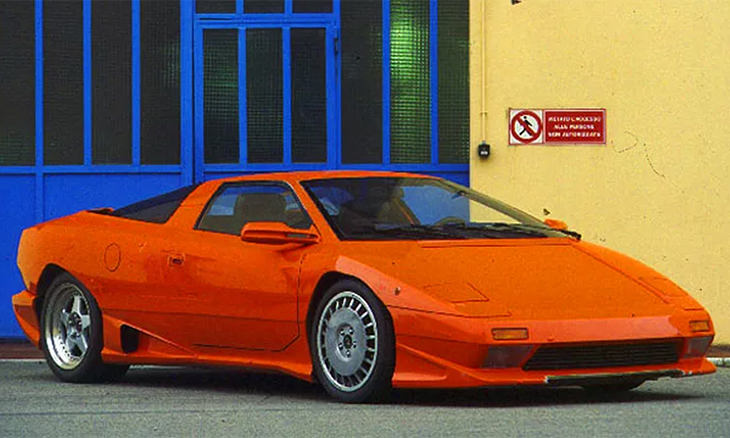


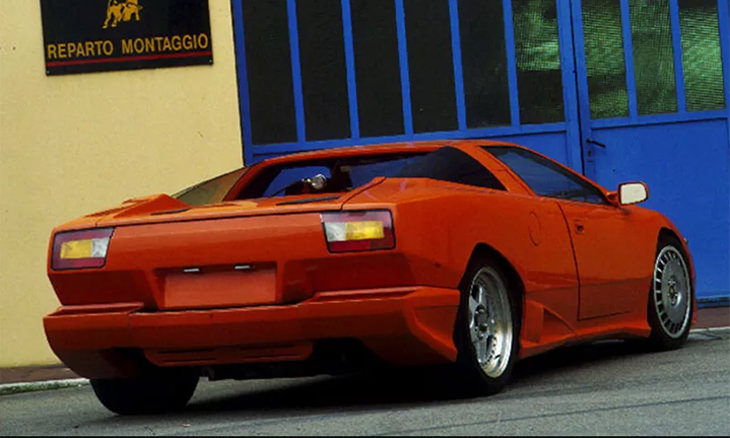
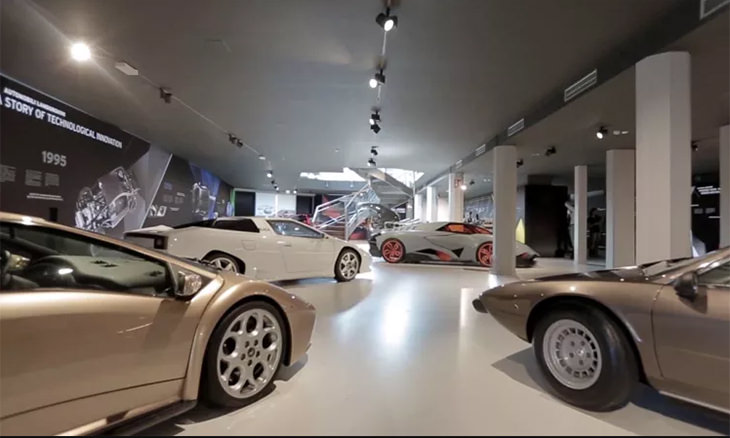
As a result, the car was killed off before it could even enter production by then-Lamborghini owner, Chrysler. One of the three prototypes built now lives in Lamborghini’s own museum, whereas another was turned into the stunning Lamborghini Cala’ concept of 1995.
The latter was another botched attempt at making a production-viable, V10-engined Lamborghini. The Cala’ also lies in the Lamborghini Museum, meaning that it took the company some 15 years to replace the outgoing Jalpa. To think what might have been!
 4:01
4:01
Fascinating! Find Out How Cars Evolved From Boxy to Curvy
Want to know when and why cars started changing from boxy to curvy? Find out in this video.
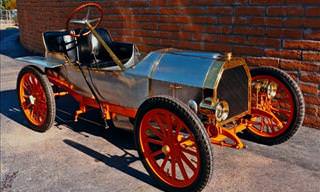
Bugatti Has Certainly Had a Long and Checkered History...
Bugatti certainly has a long and checkered history, and cars produced by the original manufacturer are highly coveted. This is a concise history of Bugatti.

10 Features In New Car Models You Should Know
the sheer number of feathers in modern car models can be overwhelming. Here are 10 important features you may not even be aware your car has.
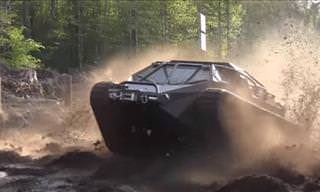 2:23
2:23
Watch: See the Terrifying Ripsaw Tank in Action!
Have you ever dreamed of owning an outstandingly unique vehicle? If so, then a Ripsaw tank might turn out to be just what you've been looking for!
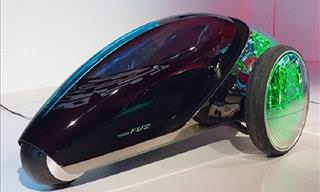
12 Incredible Futuristic Cars Currently Being Developed
With each passing year cars are becoming more and more advanced. Here are 12 stunning cars that are currently in development.
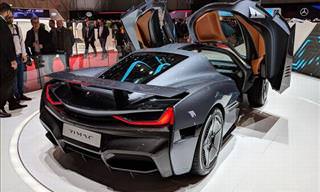
The Rimac Concept Two Might Have TOO Much Horsepower...
This car is the brainchild of a 30-year-old Croatian visionary named Mate Rimac. It will probably be the world's fastest street car when production starts...

You Won’t Believe How Massive These Steam Locomotives Were
Here we present some of the largest steam locomotives ever built throughout railway history.
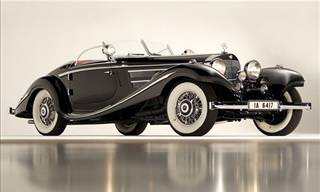
These Stunning Cars Were Sold at Unbelievable Prices
These classic cars are beautiful, but you need very deep pockets if you ever fancy getting hold of one of them.

Invisible Warfare: Impressive Stealth Aircrafts!
The most advanced stealth airplanes around the world are a technological marvel.

We Bet You've Never Seen Cars Stranger Than These
These cars are undoubtedly the strangest cars that you have ever seen.

Only One Car Was Ever Named 'The Ghost'. This is Why...
This may look like some modern re-creation, but this plexiglass Pontiac 'ghost car' model was created in 1939...

Working for Years, This Student Built Something Incredible
he following pictures showcase Luca's exceptional talent and the incredible model he built of a Boeing 777

The 10 Worst Jet Airplanes Ever to Fly...
From the farcical, to the catastrophic and downright dangerous, these are the 10 worst jet airplanes ever.
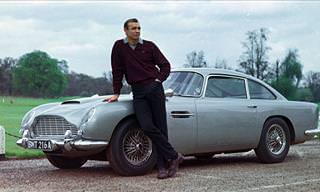
James Bond's Best 15 Cars, Boats and Planes!
James Bond is a movie icon, but the super-spy would not have been half as effective without his fleet of luxury vehicles armed with his signature gadgets.
 13:31
13:31
Lost in Time: The Forgotten Flying Wing…
Let's take a look at the forgotten flying wing aircraft that was decades ahead of its time.

Paul Allen's Collection of WWII Planes Is Staggering!
This amazing group of planes was amassed by billionaire Paul Allen. These incredibly rare WWII fighters can be enjoyed by the general public. Take a look.
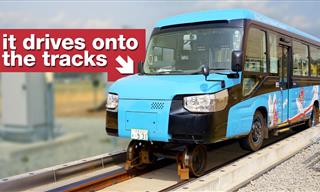 5:04
5:04
The Bus-Train: A Game-Changer in Public Transportation
Hop aboard the 'Dual-Mode Vehicle (DMV)' – a bus that can transform into a train.
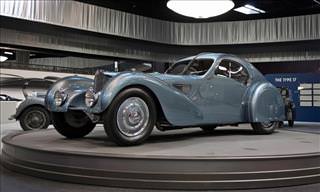
Rolling Sculptures: The Most Beautiful Art Deco Cars Ever
The art deco era arguably gave rise to the most beautiful cars ever built. Let's take a journey back in time and see 12 of these extraordinary vehicles.

Exploring 5 of the Most Famous Pilots in History
The fascinating stories of men and women who dared to explore flight when it was still a young technology.
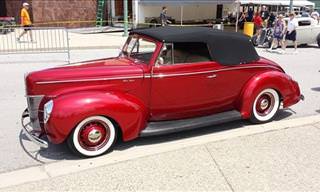
I Wish They Still Made Cars Like These Classic Hot Rods
Hot rodders spend their spare time fixing and transforming classic cars. See the stunning cars their dedication has produced.
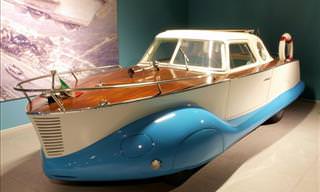
11 People Who Took Automobile Customization Way too Far
A collection of funny pictures of over-the-top car modifications
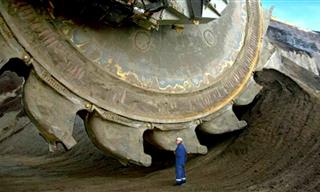 7:27
7:27
7 Monstrously Massive Machines You Won’t Believe Are Real
What is the largest vehicle in the world? Here are some monstrous examples.
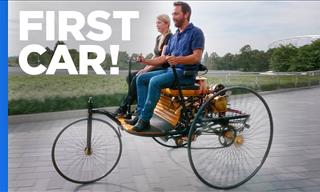 9:14
9:14
How Would It Feel To Drive The World's First Car? Find Out
Looking at vintage cars is fascinating, isn't it? Here you will get to see what it feels like to drive the replica of the world's first car.
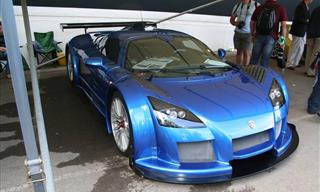
The Germans Really Knew How to Build Fine Supercars...
The Germans are renowned the world over for their engineering, but sometimes they just go completely mad. Here are 11 of the most incredible German supercars.
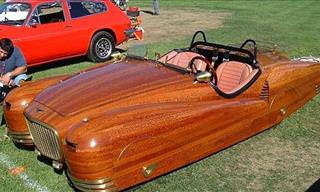
I Thought I'd Seen it All... Until I Saw These Cars...
These owners must have spent a fortune putting their strange creations together on wheels.
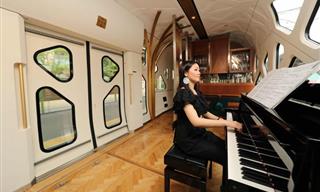
Is This the Most Luxurious Train in World?
The Japanese train we’re about to show you is unlike any other public transportation you’ve seen.
 2:23
2:23
Watch: See the Terrifying Ripsaw Tank in Action!
Have you ever dreamed of owning an outstandingly unique vehicle? If so, then a Ripsaw tank might turn out to be just what you've been looking for!
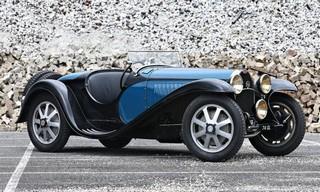
Unique Classic Cars of Exceptional Historical Value
These are the some of finest specimens of automobile design, the classic shapes and timeless look of which can leave no one indifferent

These Fascinating 1950s Cars Should Have Been Released!
Amazing cars that were made in the 50s, but were never released to the general public.
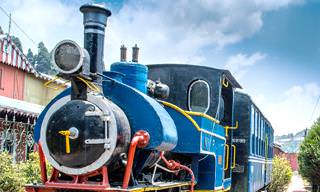
Discover the Delights of the Darjeeling Line In India
The intrepid explorer, Mark Twain, took this train journey on his travels through Asia during the late 19th Century. Come and explore this enchanting railway.
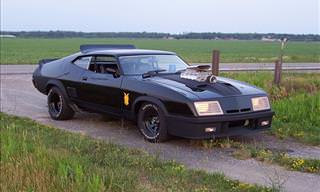
Feast Your Eyes on 6 of the Best Movie Cars of All Time
There have been many great cars in films, but a select few stand head and shoulders above the rest. Here are 6 of them.
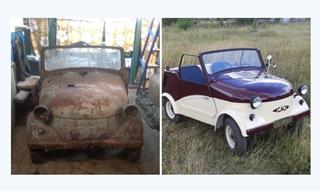
14 Pics of Old Cars Being Restored To Their Original Glory
It’s so satisfying to see these classic cars being restored to their original glory.

The Golden Age of Two Wheels: Exploring Classic Motorbikes
Today, let’s ride back to the past and explore some of the most iconic motorcycles in history.
 6:40
6:40
Why is Europe Cutting Down on Air Travel?
Europe is seriously considering a shift from air travel to high-speed railway systems, but why?
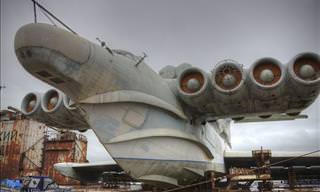
Presenting 15 of the Biggest Airplanes Ever Built
These are the biggest and juiciest airplanes every piloted. I bet you'd love to ride on one of these beauties!

Collection: The Airplanes That Conquered the Skies
Before you are 10 posts that will each take you to a world of airplanes, so you get a wide range of fascinating planes to learn about!
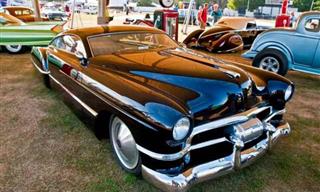
Cadzilla: One of the Most Beautiful Cars Ever Made!
This may be the most beautiful Cadillac car.

All Aboard the Fastest Steam Trains in Locomotive History!
Who doesn't feel a child-like nostalgic thrill when encountering a great, big steam engine? And these are the 18 fastest in locomotive history. Enjoy!
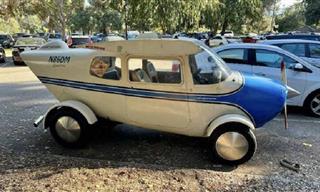
“What Did You Do to Your Car?!” – Bizarre Modifications
These car modifications have gone out of hand!
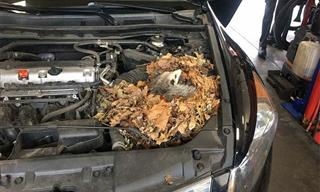
12 of the Weirdest Things Car Mechanics Saw on the Job
Turns out car mechanics regularly spot all kinds of crazy things on the job. Take a look at these 12 highlights

Do You Know the Most Important Airplanes Ever?
The invention of human flight, and the progress made ever since then has seen many a significant airplane. Here are 14 of the most important in history.

This Subway Train Has a Beautiful Secret Inside...
What looks like a regular subway from the outside, offers a suddenly luxurious experience inside!
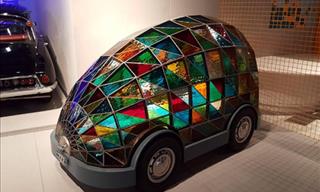
Some People Have the Strangest Cars...
Photos of some of the most bizarre automobiles you've ever seen.
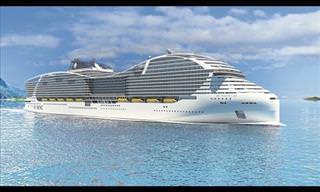 10:15
10:15
These Ships Make Sure You Travel the Seas in Style
If you're a fan of travel, then you won't want to miss this video on the craziest cruise-ships ever made
 10:08
10:08
This Might Have Been the Strangest Aircraft Ever Built
The Fairey Rotodyn was a remarkable aircraft that could have transformed air travel forever. What happened to it?
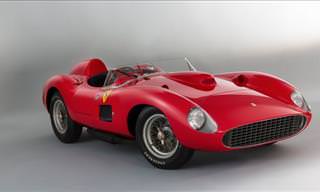
These Classic Beauties Are Unbelievably Pricey and Rare
Each year, many a beautiful car changes hands, but some are the creme de la creme of the entire world. Here they are for your viewing pleasure, all in one place
 11:23
11:23
The Eighth Wonder: How the Panama Canal Works
The Panama Canal is an engineering wonder, see how it was built and how it works here


